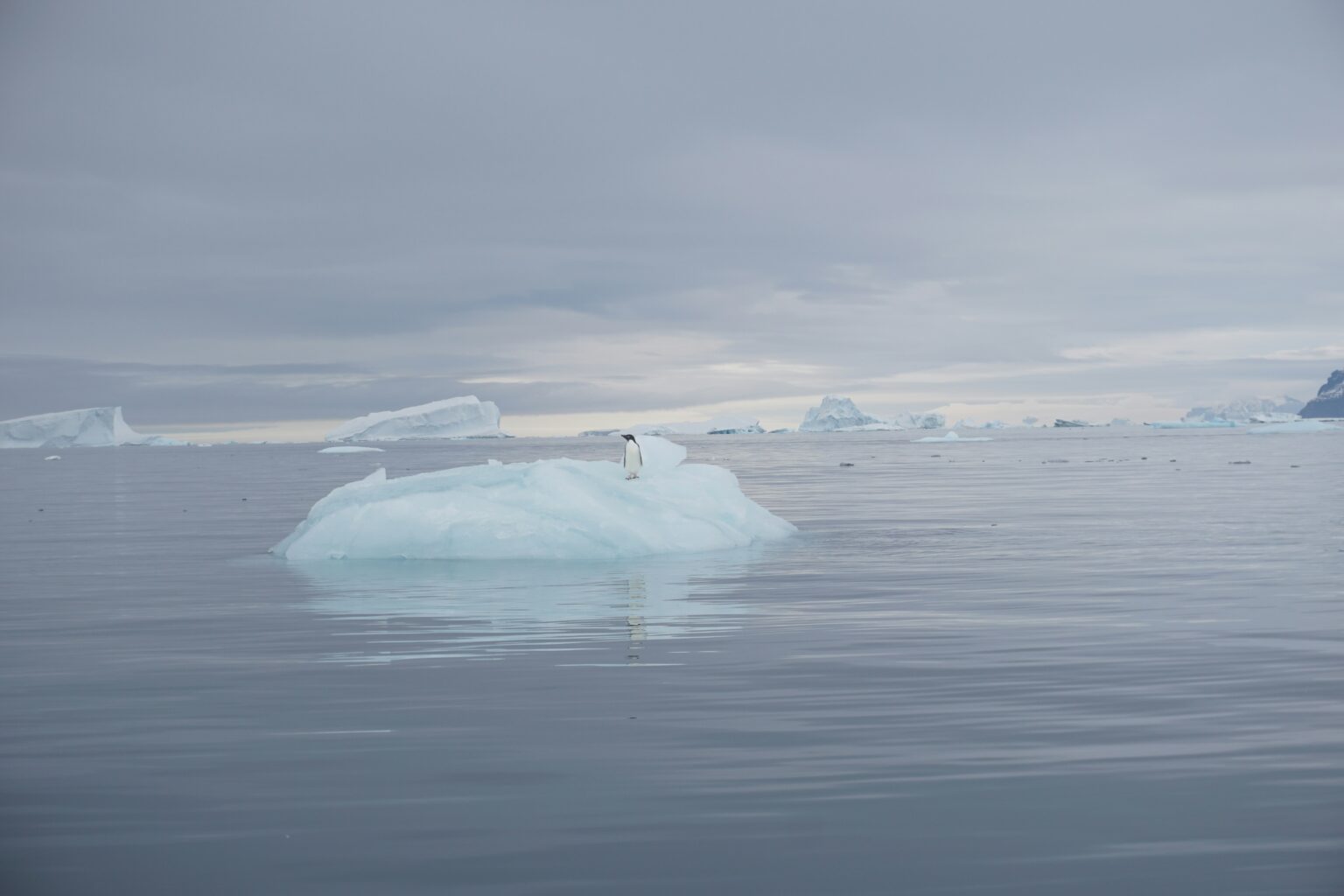
The 11th Scientific Committee on Antarctic Research conference was held in Pucón, Chile August 19-23, 2024. Fifteen-hundred academics, researchers, and scientists specializing in Antarctica met to share cutting-edge research. Reports at the conference exposed new dimensions of the Antarctic risk profile that should move the world’s leadership posthaste to mitigate society’s self-destructive dependence on fossil fuels.
Antarctica is starting to carry the brunt of too much CO2 leading to too much heat, leading to unstable ice sheets. And it’s happening much, much faster than anybody thought possible. This is a relatively new development that could have far-reaching consequences.
For example, Gino Casassa, glaciologist, head of Chilean Antarctica Institute commented: “Current estimates show sea levels rising by 4 meters (13 feet) by 2100 and more if emissions continue to grow.” (Source: Scientists in Chile Question if Antarctica Has Hit a Point of No Return, Reuters, August 28, 2024)
Thirteen feet higher won’t suddenly appear in 2100. It builds up over decades. Assuming emissions “continue to grow”, as warned by Dr. Casassa, you’ve gotta wonder, with 13 feet by 2100, what will 2035, or 2050, look like? That’s right around the corner.
Sea level rise is one of the most challenging fields in science and thus produces the most complex results. For example, in comparison to Casassa’s estimate of 13 feet by 2100, a recent study: What Are the Best – and Worst – Case Scenarios for Sea Level Rise? MIT Climate Portal, June 12, 2024: “By 2100, we could see as little as 8 inches of additional sea level rise, or over 6 feet—based partly on how much we continue to pollute the climate, and partly on how the oceans respond to climate change that’s already baked in… despite the enormous stakes for the future of humanity, it remains frustratingly difficult to know how much sea level rise is in store for us. All we know for sure is that taking strong and immediate action to control our greenhouse gas emissions gives us the best chance to avoid meters of sea level rise. ‘The difference between the low-end projections and the high-end projections is many trillions of dollars in infrastructure, and hundreds of millions of people losing their homes,’ Minchew says (Brent Minchew, MIT geophysicist) ‘But we don’t have a good answer to which one of those scenarios is more likely.”
The biggest concern echoed throughout the conference hall: “Antarctica is changing faster than expected.” For example: “Extreme weather events in the ice-covered continent were no longer hypothetical presentations, but first-hand accounts from researchers about heavy rainfall, intense heat waves and sudden Foehn (strong dry winds) events at research stations that led to mass melting, giant glacier breakoffs and dangerous weather conditions with global implications,”
The last time the planet was as warm as today, 125,000 years ago, sea levels were 6-to-9 meters (20-to-30 feet) higher with a large contribution coming from West Antarctica. Ipso facto, with temperatures today as warm as 125,000 years ago causing seas to be 20-30 feet higher, then every coastal megacity should be/will be flooded, which begs the obvious question of “how long do these things take to playout?” And, more importantly, how do we get CO2 and temperatures back down?